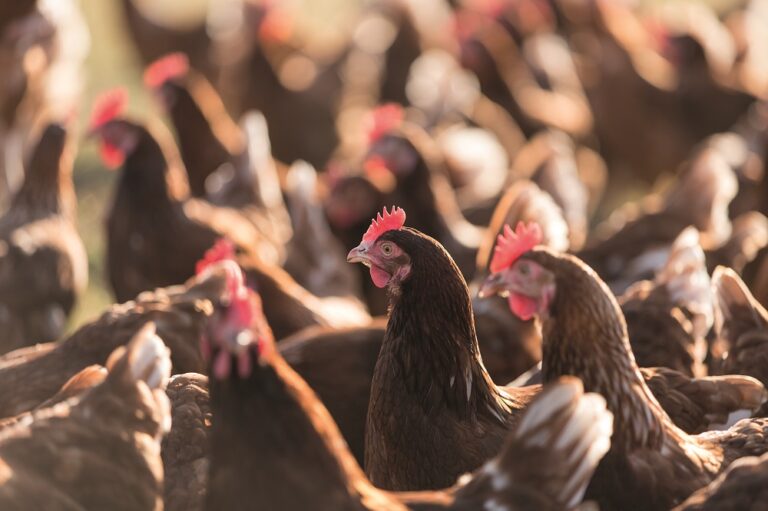A new report from the Laying Hen Welfare Forum (LHWF) has provided practical help for producers seeking to reduce injurious feather-pecking in laying hens.
The ‘Maintaining feather cover in laying hens’ report is the culmination of a two-and-a-half year Defra funded project through the EIP, to explore ways of improving flock management, reducing injurious pecking in laying flocks and enhancing the welfare of laying hens and pullets.
The study saw the LHWF focus its efforts on supporting producers to maintain good feather cover in both infra-red beak treated and intact beak flocks by adopting preventative measures against injurious pecking. While it recognised that there is no single strategy that will work on all farms, the LHWF promoted a wide range of evidence-based strategies, which were tailored to meet the specific needs of each flock, based on the specialist knowledge and requirements of individual farmers, who best know their flock and housing needs.
Using an innovative new approach – Motivational Interviewing (MI) – the LHWF supported 29 producers who volunteered their flocks to be part of the project. Producers took ownership over maintaining feather cover by creating bespoke Feather Cover Action Plans (FCAP), in conjunction with a trained facilitator.
The 29 flocks, which were mostly based in England, were representative of the industry in terms of production type and size. The MI approach resulted in 80% of producers altering their management and resource provision, with 90% of free range producers and half those using enriched colony cages making changes.
A diverse uptake of actions was seen; range enhancements; planting trees; artificial shelters; to providing an array of enrichments inside the house. Up to nine actions were planned in producers’ FCAP, with an average of three on free range farms.
Mark Williams, Secretary LHWF, said: “We were delighted to see the high level of response from producers in implementing new ideas. Up to nine changes were added to their FCAP’s, complementing a number of strategies already in place and with some initially not seeing feather cover as a main issue.” While some changes were inexpensive, such as providing rope, plastic objects, or balls in the poultry house, others involved substantial investment like verandas or time-consuming activities such as planting trees, renewing and strategically placing artificial shelters to encourage ranging, continually replenishing Lucerne, or removing capped litter.
Reflecting on the value of their FCAP, and the facilitator’s support, producers recognised that being part of the project not only raised their awareness of injurious pecking and the importance of maintaining good feather cover, but also motivated them to make changes to achieve this.
Half the producers felt their FCAP had been successful in reducing injurious pecking within their flocks. The main motivators for maintaining good feather cover were bird welfare, productivity, customer relations and pride (in a good-looking flock).
As a result of the project, five producer-led videos have been produced, for example in maintaining good, friable litter, which is a key strategy for maintaining feather cover. The LHWF undertook wider field research into strategies to prevent injurious pecking, including visiting The Netherlands and Austria in 2018 and 2019 respectively, to gain insight on managing intact beak flocks.
While not directly comparable to production in the UK, the visits did provide useful insights, in particular the importance of synchronicity between the rearing and laying environments and the benefits of verandas in free range units.
There were challenges in transitioning to running non-beak trimmed flocks in terms of increased mortality, worse feather cover (which UK consumers would not accept) and a shortening of the production cycle.
Andrew Joret, Chairman of the LHWF, said: “We believe that this project is a major step forward in the prevention of injurious feather pecking and we would like to thank everyone involved in it. Without their support, this would not have been possible. We now have some very robust data which we believe will be of great value to producers.” We recognise that this is just the start to a more joined-up approach in supporting producers to reduce injurious feather pecking.
Following the success of the trial, the LHWF is now delivering MI training to veterinary professionals and is rolling out FCAP’s alongside a new workstream of ‘Synchronicity between rear and lay’. The aim is to ensure that all producers have active, motivating veterinary involvement and support, to facilitate continuous improvement.


